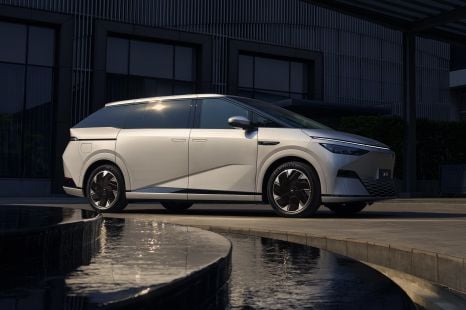

William Stopford
Will 2026 be the year of the people mover in Australia? China seems to think so
5 Hours Ago
Oh, that looks nice... for about five minutes! Here are the reasons piano black trim needs to be banished from car interiors.

News Editor
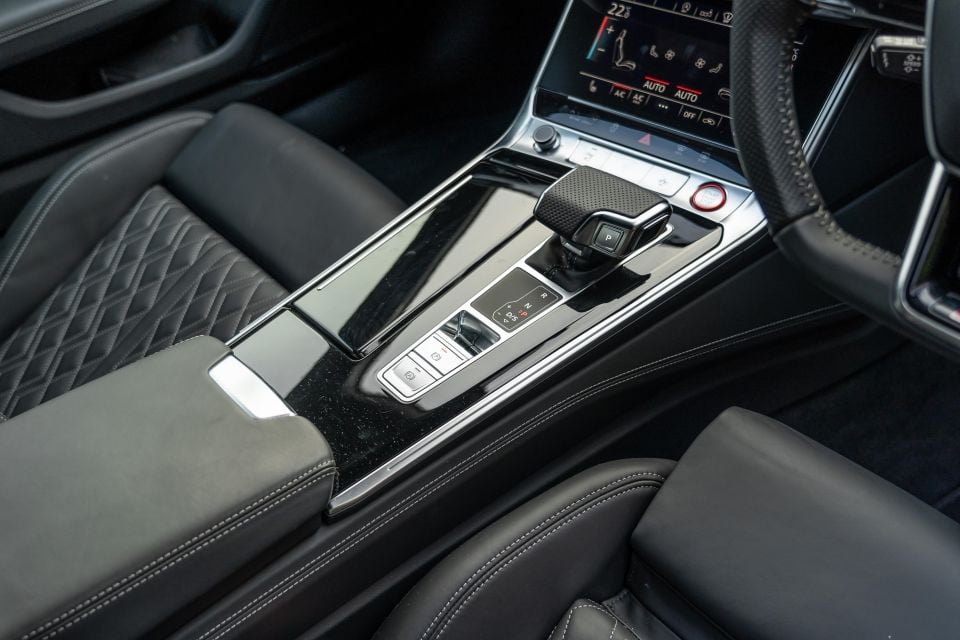

News Editor
There’s plenty to criticise today’s car designs for, from oversized grilles to overstyled side detailing and the lack of interior and exterior colour choices. There’s one design aspect, however, that is so breathtakingly cynical and so fundamentally flawed it beggars belief so many car companies employ it.
It’s piano black trim.
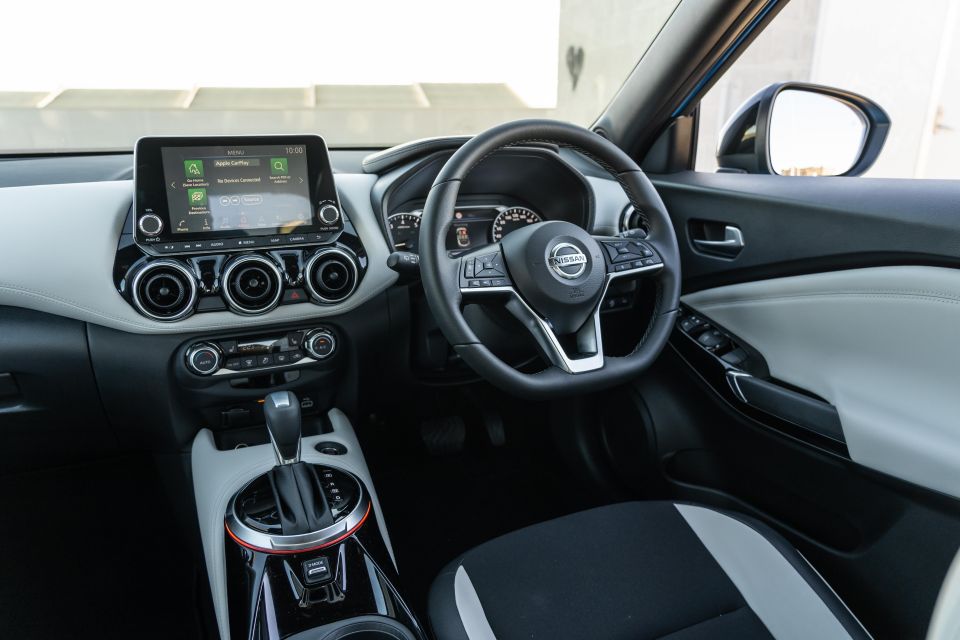
We know exactly why automakers use it. They debut a new vehicle and release a press kit full of beautiful, high-quality images to show it off.
Everything looks so neat and modern and shiny, and that applies not only to the exterior with its en vogue LED lighting and exaggerated grille, but also the interior.
To give that fresh, modern effect, they use gloss or piano black trim. Plain grey plastic can look a bit old, unfinished and cheap, while that satin metal-look plastic’s heyday was definitely the 2000s and woodgrain is a bit 1990s. Piano black trim is a nice glossy surface and its smoothness affords some contrast with the graining of plastic and leather.
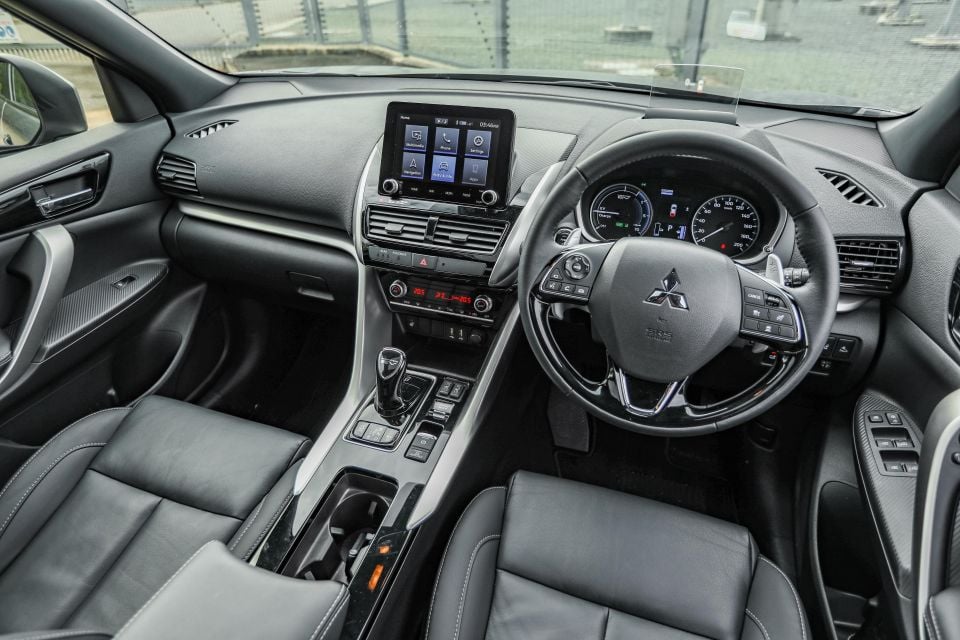
What a pity, then, that it looks like absolute rubbish as soon as it rolls out of that photo shoot.
It’s not that it’s more predisposed to getting dusty than any other type of trim, it’s that dust – typically being lighter in colour – contrasts so vividly with glossy black material.
Then come the fingerprints! Nothing smudges like piano black trim. Say what you will about plain grey plastic or metal-look trim, but these materials rarely require you to carry around a microfibre cloth just to keep your car’s interior looking presentable on a daily basis.
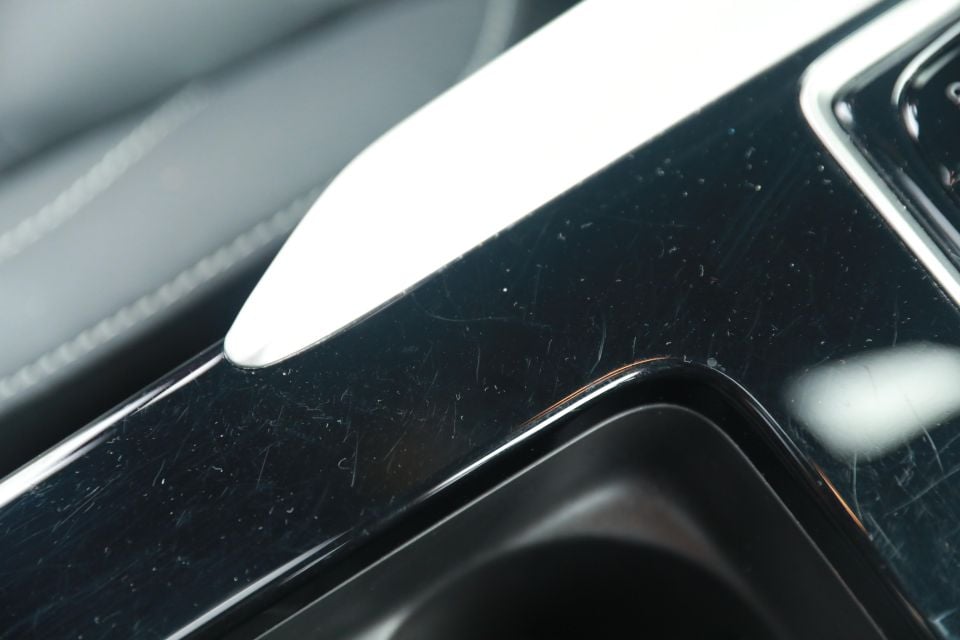
There’s a third type of disturbance, however, that comes with the use of piano black trim. As I write this, I have a Mitsubishi Eclipse Cross Exceed Plug-In Hybrid in my parking space. The interior isn’t my favourite in the small SUV segment – there’s some naff carbon fibre-looking trim and some rather cheap “metal-look” plastic, but these help afford some contrast in an otherwise entirely black interior.
And if you look at the dashboard photo above, it all looks pretty nice in a professional photograph. Peer closer, however, and you’ll see why the piano black trim used on the centre console is so offensive.
With only around 7000km on the odometer, the Eclipse Cross’s piano black trim is already scratched and scuffed to hell. It’s one thing to put the stuff on parts of the dashboard that you’re unlikely to touch, but it’s another to put it on the heavily trafficked centre console.
Not that you should have to gingerly handle things in your own car – unless you’re Edward Scissorhands, you’re surely not going to go about clumsily scratching your car’s interior.
We know press cars can be abused, but we’re talking about a car that’s been on a press fleet for only a few months and its centre console already looks beat to hell.
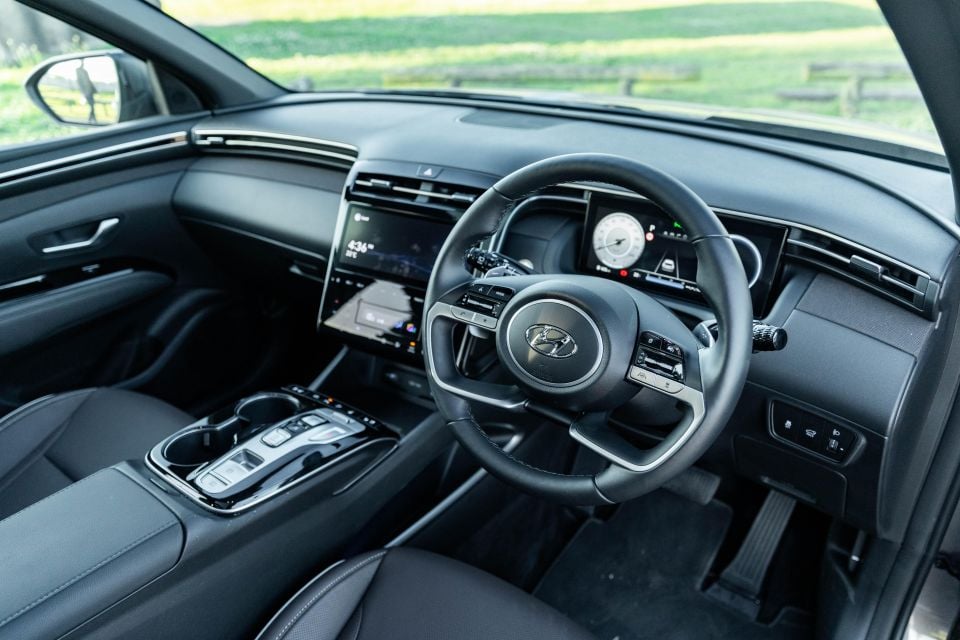
Not only is piano black trim highly impractical, it’s also unimaginative. Virtually every manufacturer, from Audi to Kia to Volvo, offers it on multiple models. It’s also, in my view, pretty boring.
There’s no graining to it so there’s no visual complexity, nor is there any tactility. It’s just shiny black plastic. Even a dark stained wood with a glossy finish would be preferable as there’d be some substance to it, even if it was just as likely to attract smudges.
We’ll admit it sometimes can be visually impressive. Take, for instance, the redesigned Hyundai Tucson, with its flowing centre stack where everything is flush and shiny. But that particular model brings up another bugbear – touch-capacitive switchgear with no haptic feedback – so it’s hardly the best example of thoughtful design, even if it is pretty.

Not only is piano black trim overused, prone to getting dirty, and susceptible to scratches, you’re often stuck with it as it’s the only trim option available.
It’s tolerable when it’s used as some accenting around centre stack switches, where it’ll attract dust but it’s less likely to be smudged, but it’s absurd to slather it across the dashboard and, even more egregiously, the centre console.
Carmakers, I implore you: move on from this fad. There has to be another trim option out there that still looks fashionable and contemporary in press photos but won’t look horrendous within days (even hours!) of use.
William Stopford is an automotive journalist with a passion for mainstream cars, automotive history and overseas auto markets.


William Stopford
5 Hours Ago


Max Davies
6 Hours Ago


Derek Fung
7 Hours Ago


Matt Campbell
13 Hours Ago


Ben Zachariah
1 Day Ago


Damion Smy
1 Day Ago